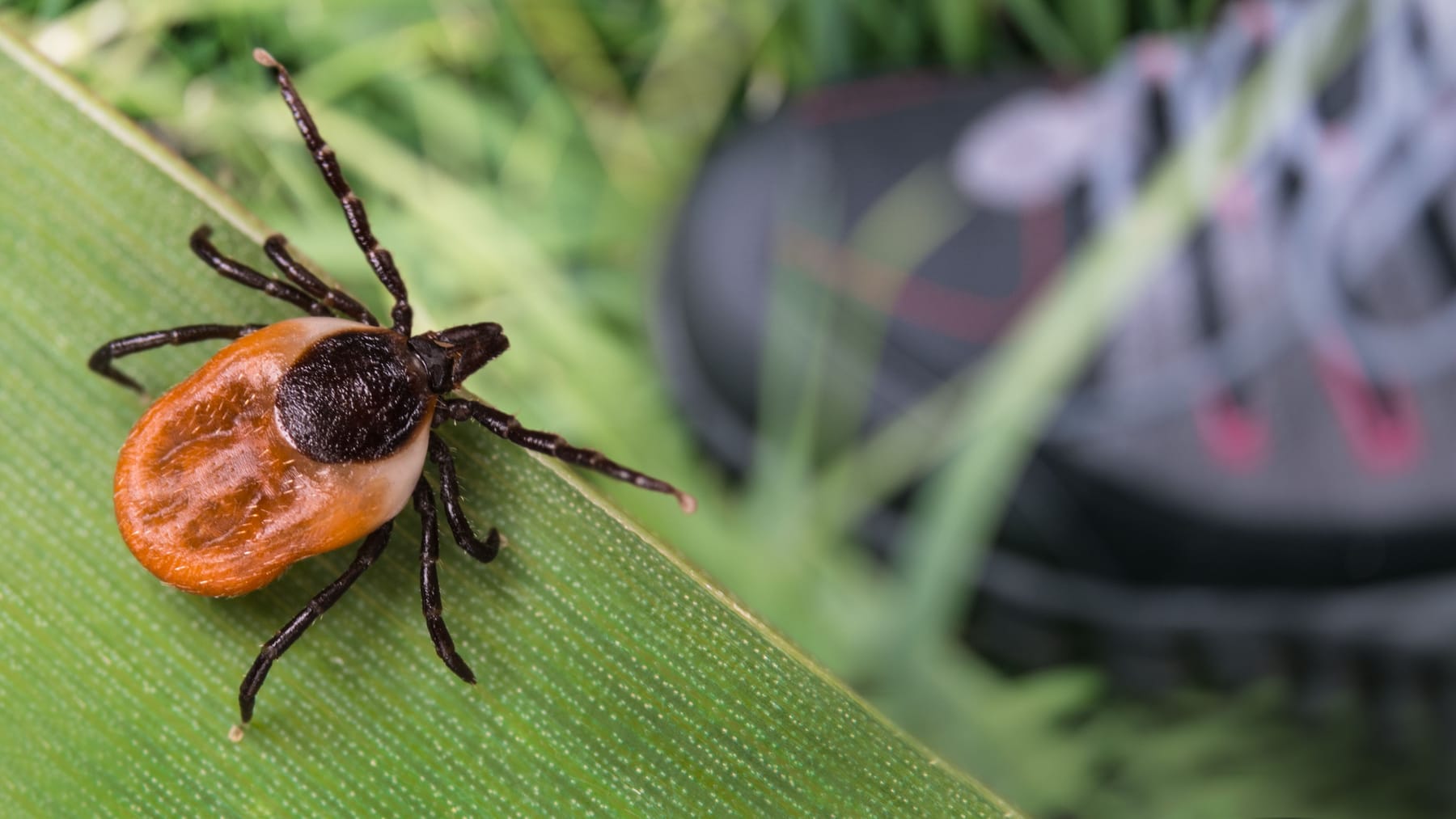Host as a Magnet: A study showed that ticks can be attracted to their prey by electrostatic energy. This opens up new opportunities for defense.
A tick bite can be dangerous. Because animals can transmit pathogens that cause Lyme disease and TBE (tick-borne encephalitis). And: The risk of infection is increasing due to climate change – more and more regions in Germany are becoming tuberculosis risk areas. In addition, more and more species of ticks are settling here that were not originally in Germany and can transmit diseases such as typhus and Q fever.
Therefore, protection against tick bites is becoming increasingly important. However, there are a number of persistent myths about how parasites move. Many people think that ticks jump on people and animals or fly to their victims. However, both are wrong. Species native to Germany neither hop nor fly – at least strictly speaking.
Because, as researchers at the British University of Bristol found out, ticks are capable of flying under certain conditions. This knowledge can also help effectively ward off vampires in the future.
As if drawn by a magnet
Scientists wanted to know more precisely how ticks find their victims. The central question was whether the animals actually clung to and crawled over their host when the latter walked over grass or bushes or stayed in one place for too long.
The team discovered another mechanism that makes it easier for animals to reach their victims: electrostatic attraction. We all know them from everyday life – for example when we rub a balloon on our hair and it starts to “fly”.
Ticks take advantage of this effect: the attractive effect of electric fields lifts them up and transfers them to the human or animal body, as if they were attracted by a magnet. So you’re kind of flying.
“flight” at a distance of several centimeters
Scientists in the laboratory analyzed the attraction of electrically charged rabbit fur exerted on nearby ticks. And indeed, the fur attracted vampires. They can overcome up to several centimeters in a “flight”.
“This static electricity also happens to animals in nature when they rub against things around them, such as grass, sand, or other animals. These charges are amazingly strong and can reach hundreds, if not thousands, of volts — more than you might do in humans,” says Sam England. , one of the co-researchers.
The British researchers now hope their discovery will help develop new ways to defend against parasites. Garments with antistatic coatings or antistatic sprays may be considered.

